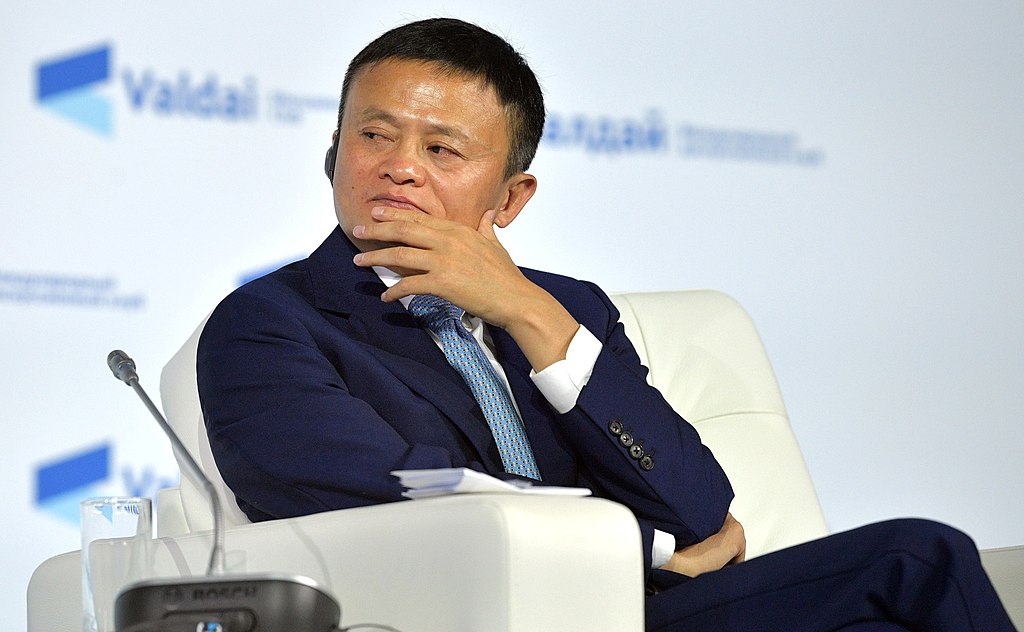Ant Group, the fintech powerhouse backed by Alibaba founder Jack Ma, has announced a 20% reduction in AI training costs by using only domestically produced chips. In a significant technological breakthrough, the company achieved this cost-saving milestone by relying solely on processors developed by Chinese tech firms Alibaba and Huawei—marking a bold shift away from reliance on U.S. chipmakers like Nvidia.
Traditionally, high-performance AI training has depended on Nvidia’s GPUs, widely considered the gold standard in the field. But Ant Group claims its internal tests showed that Chinese-made chips performed on par with Nvidia’s offerings. This development could represent a turning point for China’s semiconductor ambitions, especially in the face of tightening U.S. export restrictions aimed at curbing China’s access to cutting-edge chip technology.
Ant’s announcement comes amid a broader national push for tech self-sufficiency. As geopolitical tensions continue to disrupt global supply chains, Chinese companies are accelerating efforts to localize critical infrastructure, particularly in semiconductors and AI. Ant Group’s results suggest that homegrown chip solutions may soon be viable alternatives for large-scale AI workloads, challenging the dominance of Western hardware providers.
The implications go beyond cost savings. Ant Group’s successful deployment of Chinese chips could inspire other firms across China to follow suit, further strengthening the domestic chip ecosystem. If sustained, this shift could erode Nvidia’s foothold in one of the largest markets for AI development and deployment.
Meanwhile, other Chinese companies are also making strides in AI efficiency. For example, DeepSeek, a Chinese AI startup, has developed models competitive with leading Western systems—while using significantly less compute power. These advancements point to a growing trend in China’s tech sector: achieving more with less, and doing it independently.
Ant Group’s cost-cutting success reflects more than just a financial win. It signals China’s increasing ability to innovate under pressure and reshape the competitive dynamics of the global AI and semiconductor industries. As Chinese firms continue to close the performance gap, the global balance of power in AI infrastructure may be poised for disruption.


